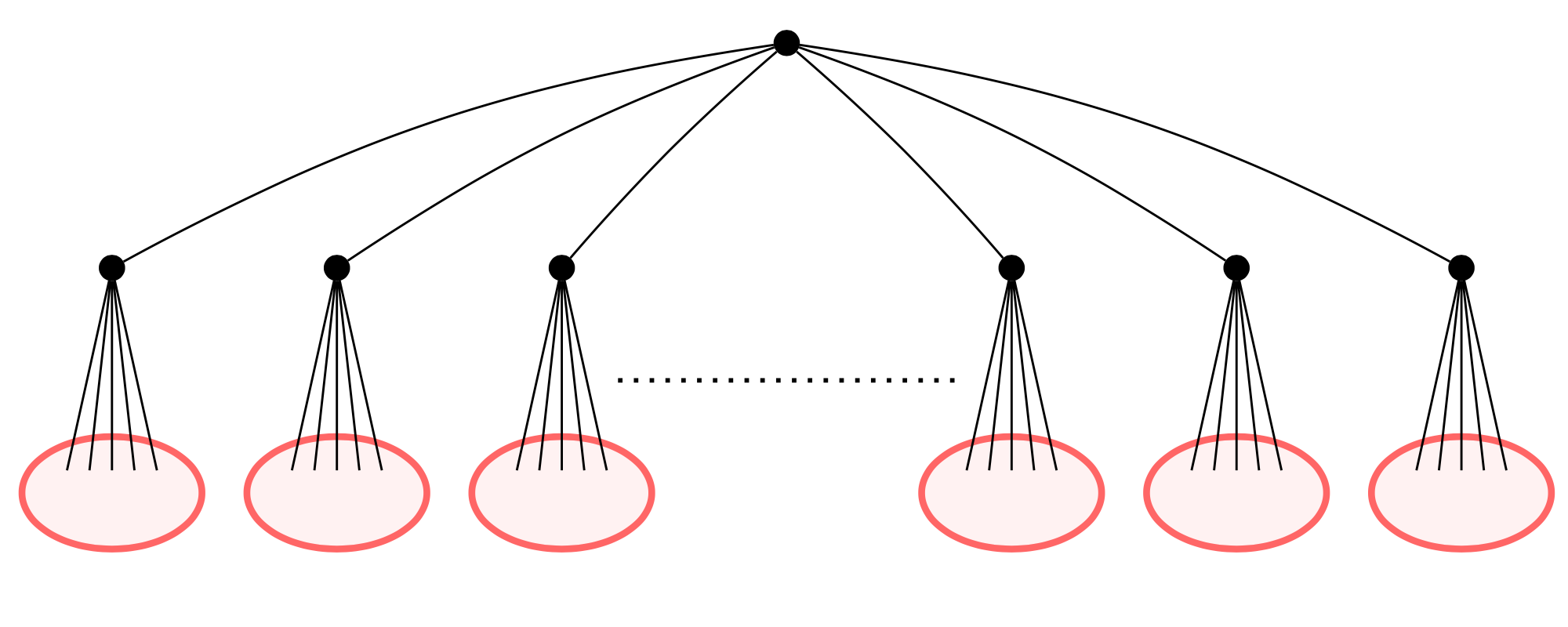On March 16, 2023, Paul Seymour from Princeton University gave an online talk at the Virtual Discrete Math Colloquium on the existence of a clique or an independent set of size at least $2^{c\sqrt{\log n \log \log n}}$ in an $H$-free graph. The title of his talk was “A loglog step towards the Erdős-Hajnal conjecture.”
Paul Seymour, A loglog step towards the Erdős-Hajnal conjecture
In 1977, Erdős and Hajnal made the conjecture that, for every graph $H$, there exists $c>0$ such that every $H$-free graph $G$ has a clique or stable set of size at least $|G|^c$; and they proved that this is true with $|G|^c$ replaced by $2^{c\sqrt{\log |G|}}$.
There has no improvement on this result (for general $H$) until now, but now we have an improvement: that for every graph $H$, there exists $c>0$ such that every $H$-free graph $G$ with $|G|\ge 2$ has a clique or stable set of size at least $$2^{c\sqrt{\log |G|\log\log|G|}}.$$ This talk will outline the proof.
Joint work with Matija Bucić, Tung Nguyen and Alex Scott.
Paul Seymour gave an online talk on the polynomial 𝜒-boundedness of graph classes at the Virtual Discrete Math Colloquium
On October 8, 2021, Paul Seymour from Princeton University gave an online talk at the Virtual Discrete Math Colloquium on the polynomial 𝜒-boundedness of graph classes. The title of his talk was “Polynomial bounds for chromatic number“.
Paul Seymour, Polynomial bounds for chromatic number
The Gyárfás-Sumner conjecture says that for every forest $H$, there is a function $f$ such that the chromatic number $\chi(G)$ is at most $f(\omega(G))$ for every $H$-free graph $G$ (“$H$-free” means with no induced subgraph isomorphic to $H$, and $\omega(G)$ is the size of the largest clique of $G$). This well-known conjecture has been proved only for a few types of forest.
Nevertheless, there is a much stronger conjecture, due to Esperet: that for every forest $H$, there is a polynomial function $f$ as above. As one might expect, this has been proved for even fewer types of forest; and the smallest tree $H$ for which Esperet’s conjecture is not known is the five-vertex path $P_5$.
A third notorious conjecture is the Erdős-Hajnal conjecture, that for every graph $H$, there exists $c>0$ such that $\alpha(G)\omega(G)\ge |G|^c$ for every $H$-free graph $G$ (where $\alpha(G)$ is the size of the largest stable set of $G$). The smallest graph $H$ for which this is not known is also $P_5$, which, conveniently, is a forest; and every forest that satisfies Esperet’s conjecture also satisfies the Erdős-Hajnal conjecture. So there is substantial interest in the chromatic numbers of $P_5$-free graphs. The best upper bound that was previously known, due to Esperet, Lemoine, Maffray, and Morel, was that $\chi(G)\le (5/27)3^\omega(G)$ for every $P_5$-free graph $G$ with $\omega(G) > 2$. In recent work with Alex Scott and Sophie Spirkl, we have proved several results related to Esperet’s conjecture, including proofs of its truth for some new types of forest $H$, and a “near-polynomial” bound when $H = P_5$, that $\chi(G) \le \omega(G)^{\log_2(\omega(G))}$ for every $P_5$-free graph $G$ with $\omega(G) > 2$. We survey these results and give a proof of the new bound for $P_5$.
Paul Seymour gave an online talk on the recent result regarding the Erdős-Hajnal conjecture at the Virtual Discrete Math Colloquium
On December 30, 2020, Paul Seymour from Princeton University was the speaker of the Virtual Discrete Math Colloquium. He presented his recent breakthrough on the Erdős-Hajnal conjecture with Maria Chudnovsky, Alex Scott, and Sophie Spirkl, which in particular proves that the Erdős-Hajnal conjecture holds for the cycle of length 5. The title of his talk was “The Erdős-Hajnal conjecture is true for excluding a five-cycle“.
Paul Seymour, The Erdős-Hajnal conjecture is true for excluding a five-cycle
In an n-vertex graph, there must be a clique or stable set of size at least $C\log n$, and there are graphs where this bound is attained. But if we look at graphs not containing a fixed graph H as an induced subgraph, the largest clique or stable set is bigger.
Erdős and Hajnal conjectured in 1977 that for every graph H, there exists c>0 such that every H-free graph has a clique or stable set of size at least $|G|^c$ (“H-free” means not containing H as an induced subgraph, and |G| means the number of vertices of G). This is still open, even for some five-vertex graphs H; and the case that has attracted most attention is when H is a cycle of length five.
It is true in that case. We will give a sketch of the proof, which is via applying a lemma about bipartite graphs, a variant of a theorem of I. Tomon.
This lemma has several other applications to the Erdős-Hajnal conjecture. For instance, it implies that for every cycle C and forest T, there exists c>0 such that every graph that is both C-free and T’-free (where T’ is the complement of T) has a clique or stable set of size $|G|^c$. (Until now this was open when C has length five and T is a 5-vertex path.)
Joint work with Maria Chudnovsky, Alex Scott and Sophie Spirkl.




